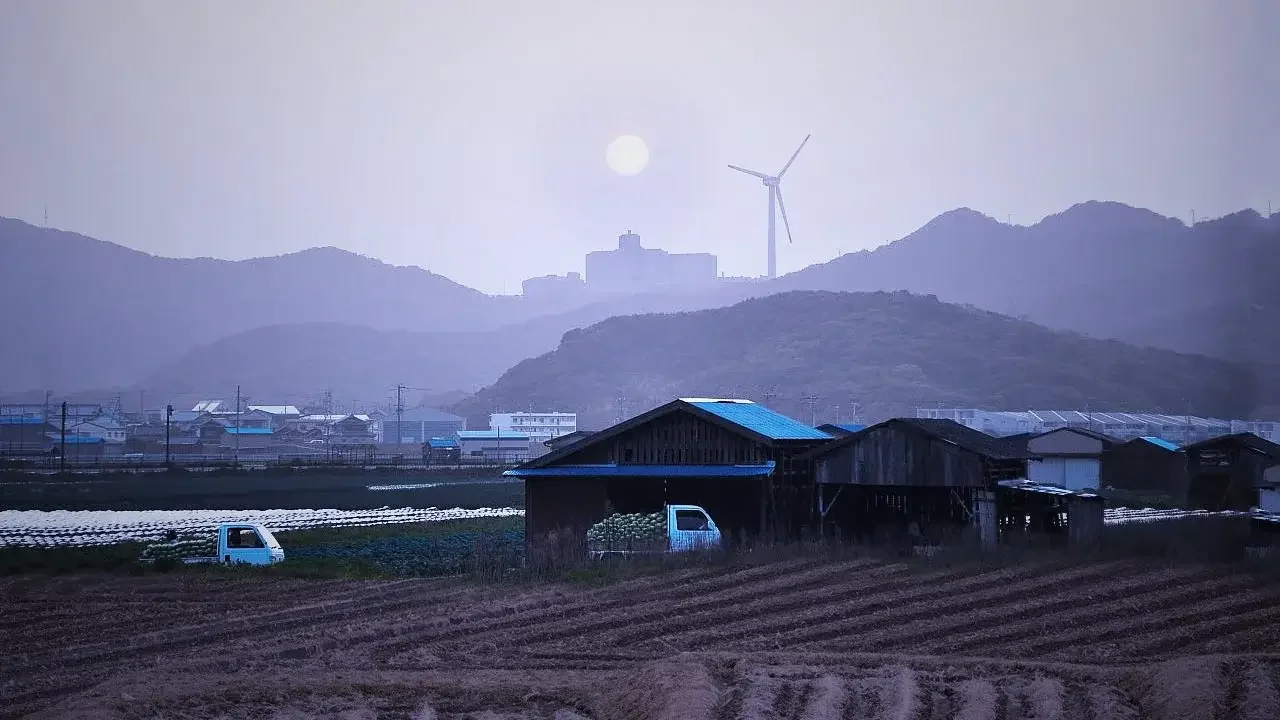The Japanese Countryside: A Horror Movie of 'Rurban' Sprawl
Japan’s rural areas are a nightmare of 'rurban' sprawl, where post-war land reform and corruption destroyed beauty.
Why Japan's Rural Areas are a Tragic, Man-Made Disaster
I recently endured the unfortunate experience of spending the Obon holiday in a small village in Nagano, and what I found was not the idyllic, picture-postcard Japan so many imagine. Forget the images of ruddy-cheeked farmers, quaint wooden buildings, and majestic mountains; those aspects were strikingly absent. Instead, I found myself in a bizarre twilight zone—a backward Tokyo suburb rather than the truly mythical Japanese countryside.
My revulsion was particularly acute having recently stayed on my parents' exquisitely upgraded 300-year-old farm in the beautiful Brecon Beacons of Wales. The difference couldn't be starker. In the UK, there’s a meticulously and strictly zoned separation between town and country. In Japan, however, the countryside is a frankly embarrassing patchwork. It’s an ugly mix of poorly-built houses, tiny fields interspersed with parking lots, convenience stores, and modern malls.
You will search in vain for the spiritual and social center you find in every UK village: the village green, the ancient pub, the 1000-year-old church. Instead, Japan offers a 'rurban' sprawl—a soggy mish-mash that combines the worst aspects of urban and rural life. Adding insult to injury, goods prices are often 10-20% higher than in Tokyo.
The Real Estate and Zoning Nightmare
Japan’s appalling real estate standards are even more apparent in the countryside. There is no effort to build in a traditional style; the better houses look identical to those in suburban Tokyo, while rotting buildings with corrugated iron roofs are frequent.
The core problem is the zoning of land, which is tragically linked to local corruption. Unlike the UK, where the difference between rural and urban land is religiously observed, Japan’s zoning is often decided by local leaders in return for votes and likely bribes. The greatest financial gain a "farmer" can hope for is to convert their rural land to urban land and sell it to a developer or a convenience store like 7-11. Local people defend this practice as "modernization," but it has led to the despoliation of areas of human interaction.
A Post-War Legacy Turned Sour
Japan’s agricultural sector is a disaster. It produces less rice, abandoned farmland is rocketing, and full-time farmers are a vanishing breed. Ironically, this mess is the legacy of one of history's most successful land reforms. Post-WWII, the US occupation successfully transferred land from absentee landlords to the actual farmers. This stabilized the rural population, fed a starving nation, and fueled the initial success of Japan’s manufacturing industry.
But the measures that achieved those post-war goals—like keeping farm prices artificially high—are now irrelevant or counterproductive. Today, the farm lobby is ironically destroying Japanese agriculture. Measures like tariffs on rice of almost 800% and subsidies paid NOT to grow rice have been disastrous. Real farmers struggle to buy or lease land because greedy gerontocrats sit on their tiny plots, hoping for a re-zoning windfall, and to exempt their families from inheritance tax.
Japan's agricultural sector contributes zero to GDP because the immense subsidies balance the economic wealth it generates. The lack of scale and concentration is preventing Japanese rice farmers from creating the successful, export-oriented agri-business that companies like Toyota achieved for manufacturing.
A European Alternative
There is a clear alternative, as adopted in Europe. On our farm in Wales, the focus of subsidies has shifted.
We get funds not just to produce or not to produce, but mainly for enriching the countryside. Farm inspectors test our land for fertilizer, count butterflies, and check fences. The money goes toward making the countryside more beautiful.
Japan must choose a path: either transform farming into a profitable, export-oriented agri-business with the necessary scale, or focus on beautifying its shabby, depressed villages. Staying in the current position—where neither rice is grown nor the countryside protected—is simply not sustainable.


